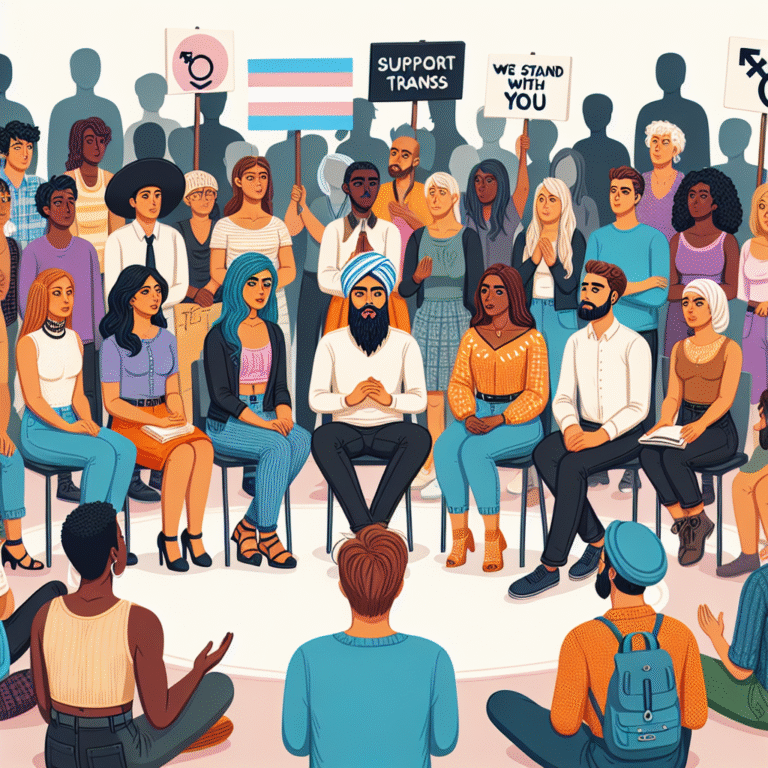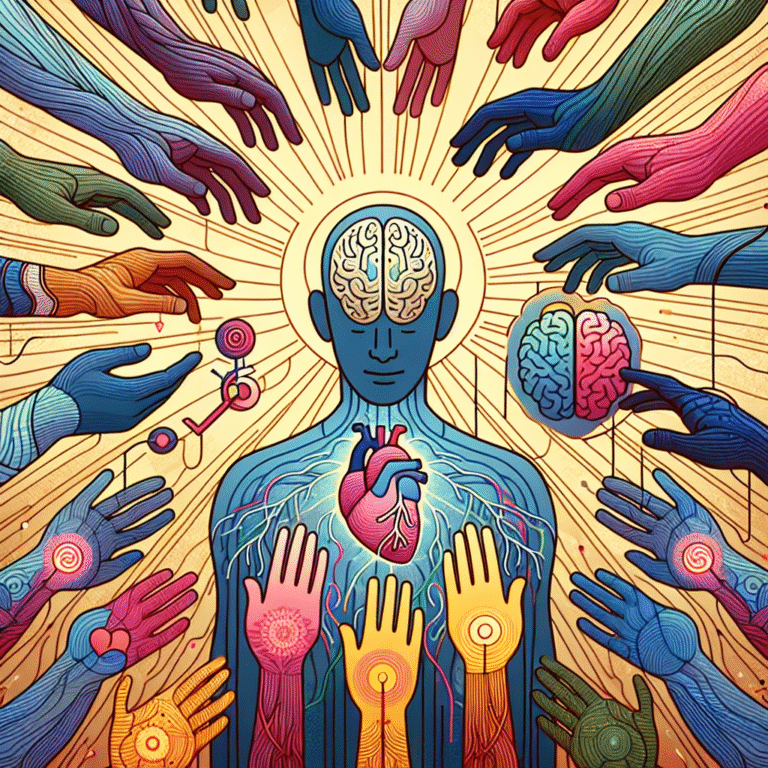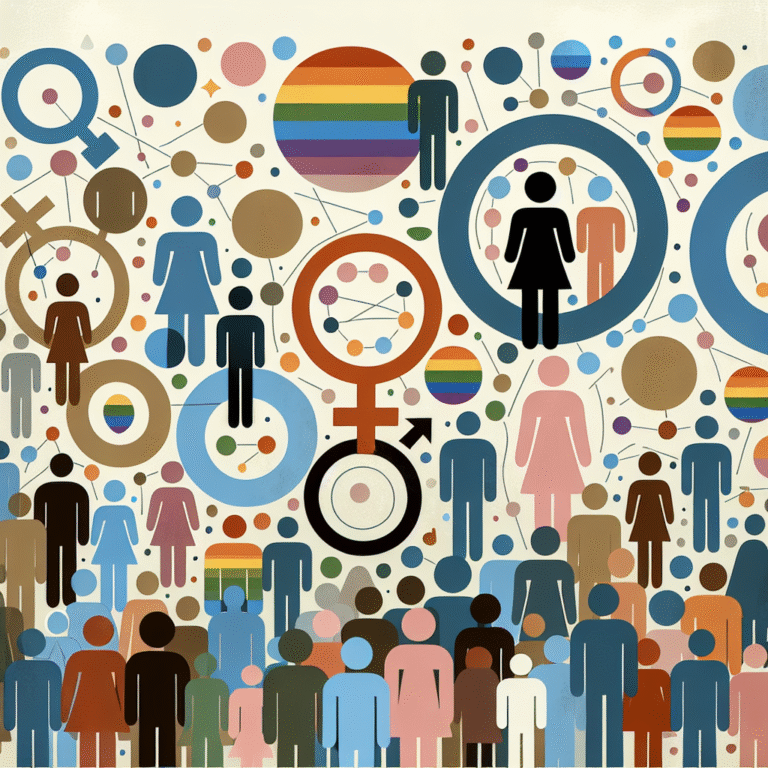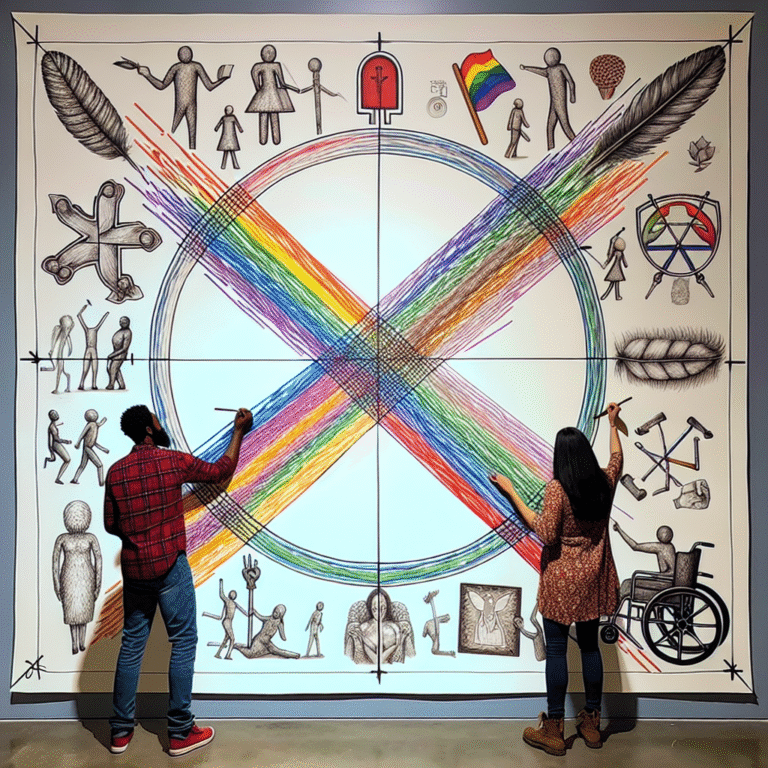
Introduction
In a continuously shifting socio-political landscape, the narrative of feminism is undergoing a profound transformation. The 21st century has ushered in a new era where the principles of feminism are being reexamined, reshaped, and, in many cases, revolutionized. This seismic change is not merely a matter of semantics; it reflects vital societal needs and aspirations that resonate deeply with women and marginalized communities around the globe. As we delve into the theme of "Redefining Feminism: The Movement’s Evolving Identity in the 21st Century," we will explore how the movement is adapting to the complexities of modern life, embracing intersectionality, and navigating technological advancements to create a more inclusive and robust dialogue for all.
The Historical Foundation of Feminism
To appreciate how we are redefining feminism today, it is crucial to understand its historical backdrop. The feminist movement has gone through distinct waves, each characterized by different goals, ideologies, and challenges.
First Wave (19th-early 20th Century)
The first wave centered around legal issues and inequality, primarily focusing on women’s suffrage. The pivotal moment came in the early 1900s when women fought rigorously for the right to vote, culminating in significant milestones like the passing of the 19th Amendment in the United States.
Second Wave (1960s-1980s)
The second wave broadened the conversation beyond suffrage to include issues like reproductive rights, workplace equality, and sexual liberation. This wave was marked by influential figures such as Betty Friedan and Gloria Steinem, who challenged societal norms and stripped away layers of systemic oppression.
Third Wave (1990s-2000s)
Emerging from the critiques of the second wave, third-wave feminism embraced diversity and individualism. It tackled the issues of race, sexuality, and class, arguing that feminism must incorporate various voices and perspectives. This wave also laid the groundwork for the conversation about intersectionality, a term popularized by scholar Kimberlé Crenshaw that highlights how overlapping identities—such as race, gender, and socio-economic status—impact one’s experience of discrimination and privilege.
The Shift to Intersectionality
One of the most significant elements in redefining feminism today is the adoption of an intersectional approach. Intersectionality recognizes that individuals have multiple identities that intersect and contribute to their unique experiences. This is a key factor in shaping the understanding of women’s rights in various contexts.
Case Study: #BlackLivesMatter and Feminism
The Black Lives Matter (BLM) movement exemplifies how intersectional feminism can champion diverse voices. While predominantly focused on racial injustice, BLM has also highlighted issues affecting Black women, such as police brutality and economic disparities. Patrisse Cullors and Alicia Garza, co-founders of the movement, prominently identify as queer women, showing the integration of LGBTQ+ voices in activism.
Analysis
This case study illustrates how the principles of intersectionality extend feminism, allowing it to address multilayered injustices. By supporting BLM, feminists are affirming that gender issues cannot be separated from race, class, and sexuality, which are integral to understanding women’s lives.
The Role of Globalization
As globalization continues to shape our world, feminism is evolving on a global stage. The interconnectedness of societies has brought forth both challenges and opportunities.
Case Study: Malala Yousafzai
Malala Yousafzai’s fight for girls’ education in Pakistan has transcended geographical boundaries. After surviving a Taliban assassination attempt, she has become a global symbol of resistance against the oppression of women.
Analysis
Malala’s story demonstrates the power of local activism having a universal impact. Her advocacy transcends borders, inviting discussions about women’s rights and education across different cultures. This global perspective is a vital aspect of redefining feminism today, ensuring that the movement is not just centered in Western ideologies but is inclusive of voices from the Global South.
Technology: A Double-Edged Sword
Advancements in technology have both bolstered and posed challenges to the feminist movement. The rise of social media platforms has enabled awareness and activism to reach new heights. Movements like #MeToo have emerged online, creating a powerful space for individuals to share their stories of harassment and assault.
Case Study: #MeToo Movement
The #MeToo movement took the world by storm in 2017, igniting conversations about sexual harassment and assault that spanned industries and communities. High-profile accusations against influential figures, including Hollywood moguls and politicians, revealed the pervasive nature of gendered violence.
Analysis
The #MeToo movement is a testament to the potential of technology in reshaping feminist discourse. It created a global platform that encouraged thousands to share their experiences, thus nourishing a collective environment for accountability and healing. However, it also raised concerns regarding online harassment and the backlash against women speaking out, showcasing the dual nature of technological advancements in supporting and undermining feminist initiatives.
The Faces of Modern Feminism
Today’s feminism is not monolithic; it comprises various movements that reflect the diverse identities and experiences of women. From eco-feminism to trans-feminism, modern feminism recognizes that different issues require unique frameworks.
Case Study: Eco-Feminism
Eco-feminism combines ecological concerns with feminist viewpoints, advocating for environmental issues in conjunction with the empowerment of women. This movement highlights the exploitation of both nature and women, arguing that both are historically controlled by patriarchal systems.
Analysis
Eco-feminism exemplifies how feminism is evolving in the 21st century to intertwine various causes. By linking environmental and gender issues, eco-feminists advocate for sustainable practices while emphasizing that social justice is essential for true environmental progress.
Moving Towards Inclusivity
Inclusivity has emerged as a central theme in redefining feminism. The movement is increasingly accepting diverse identities, including LGBTQ+ rights, disability rights, and cultural variances.
Case Study: Trans Inclusivity in Feminism
The inclusion of transgender women in feminist spaces has been a contentious issue since the third wave. Activists like Janet Mock and Laverne Cox have advocated for the acceptance of trans women as integral members of the feminist community.
Analysis
The ongoing discussions around trans inclusion highlight the necessity of adaptability within feminism. Navigating these discussions calls for open dialogue and education to bridge gaps and redefine notions of womanhood, ensuring that redefining feminism encompasses all experiences and identities.
Challenges of Resistance
Despite the progress, today’s feminist movement faces resistance. Concerns arise regarding the manipulation of feminist ideals, particularly in commercial settings where feminist rhetoric may be appropriated without genuine commitment to the cause.
Case Study: Corporate Feminism
Some companies have adopted "feminist" branding in their marketing strategies, frequently referred to as "corporate feminism." While they promote messages of women’s empowerment, critics argue that this can be disingenuous, often prioritizing profit over genuine advocacy.
Analysis
This resistance calls for a critical examination of feminist movements and the need to distinguish between token support and meaningful action. The challenge is to remain vigilant against co-optation while simultaneously championing the fundamental tenets of feminism—equity, justice, and empowerment for all women.
The Future of Feminism: Unwritten Chapters
As we navigate this new terrain, the future identity of feminism remains unwritten. The intersectional and inclusive approaches that have surfaced in recent years will likely continue to evolve.
Actionable Insights for the Next Generation
-
Engagement in Intersectionality: Recognize the importance of voices that may differ from your own. Engage with communities beyond your immediate circle to foster understanding and solidarity.
-
Utilizing Technology for Good: Leverage social media and digital platforms to amplify messages. Use these tools to create spaces for dialogue and support grassroots movements.
-
Challenging Co-optation: Stay informed and critical of the narratives being sold under the guise of feminism. Support movements and brands that genuinely prioritize women’s rights and social justice.
-
Advocacy Through Education: Commit to educating yourself and others about the diverse experiences within the feminist movement. Understanding intersectionality is crucial for creating effective advocacy.
- Promoting Global Perspectives: Recognize the global nature of feminism. Explore and support initiatives that address women’s rights worldwide, understanding that challenges vary across regions.
Conclusion
Redefining Feminism: The Movement’s Evolving Identity in the 21st Century reflects a broader cultural transformation that highlights the importance of intersectionality, inclusivity, and adaptability. By acknowledging diverse experiences and voices, feminism can evolve into a more robust and representative movement, transforming societal structures while promoting equality and equity for all. As we embrace these changes, we not only strengthen the feminist movement but also pave the way for a future where everyone can thrive.
FAQs
-
What is the main purpose of feminism in the 21st century?
- The main purpose is to promote gender equality, embracing intersectionality to address the diverse experiences of all women and marginalized groups.
-
How does intersectionality play a role in modern feminism?
- Intersectionality allows for a deeper understanding of how various identities intersect to influence experiences of privilege and oppression, leading to a more inclusive feminist discourse.
-
Are all feminists the same?
- No, feminism encompasses a variety of movements and ideologies, including liberal feminism, radical feminism, eco-feminism, and trans-feminism, each with unique focuses and goals.
-
What challenges does the feminist movement face today?
- The movement faces challenges such as co-optation by corporate interests, online harassment, and resistance to inclusive practices, especially regarding trans rights.
- How can I support the feminist movement?
- You can support the movement by educating yourself on feminist issues, amplifying marginalized voices, advocating for gender equity, and challenging discriminatory practices in your community.
As we continue updating our understandings and approaches to feminism, being informed and engaged is essential. The movement’s evolving identity shapes not only women’s rights but also broader societal narratives, making it a significant force for positive change in the world today.














